To celebrate my freedom from Olympus/OM System, I recently purchased a used Fujifilm X100F for my street photography shooting. I have always been a fan of the Fuji X100 series, I even owned one many moons ago, if you do a quick search on X100 in this blog, you will find a handful of articles and many images I have shared from the original X100. Now that I found an X100F at such a good price, I just could not resist getting it for my shutter therapy sessions. I am sharing my quick impression shooting with the X100F and of course, plenty of fresh images from Kuala Lumpur.
I have made a video sharing my thoughts on the Fuji X100F here (click).
 |
| The camera looks sooooooo gooooooood |
The main reason I seriously considered an X100 series camera from Fuji was the fact that it had a fixed 35mm equivalent focal length lens. 35mm is not my favourite or preferred focal length when it comes to street shooting, but I should also explore out of my comfort zone and push my own boundaries, if I were to be a better photographer. Knowing that the camera has a fixed lens, I have no choice but to shoot with this one perspective, and it is not necessarily a bad thing. My usual lenses for street photography are (in 35mm format) 50mm or longer, and I can go wide at 28mm. I seldom work with anything in between, 35mm just feels like it was in the middle of nowhere. Having said that, I also acknowledged there are many admirable work by prolific photographers using 35mm lenses over the years, and it is very highly regarded as a great documentary lens, definitely a great lens for environmental portraits. It would be foolish of me not to explore this further.
I will not do a full review of the Fuji X100F, it is meaningless to do so, this is not a new camera and there are already so many reviews out there. Whatever that needs to be said I am sure have been said already. Instead, I shall share the things that I do like about the X100F and also some things that I wish could have been improved. In case you are wondering why I did not buy the X100V instead, I did not see any good deal in the used market, and the X100V's new asking price is insanely high, I can purchase an Olympus OM-D E-M1 Mark III with that money. Unlike the Olympus OM-D, I am not willing to fork out that much cash for a camera I know I will not use to earn a living with. So the X100F will have to suffice for now, I got it less than half the original retail price during launch, and I think that was an awesome deal, considering the camera was in near mint condition when I got it.
There are many things that I love about the Fuji X100F. I like that they have fixed some of the fundamental issues from the original X100, the biggest improvement being the AF speed and reliability. The AF is now fast enough that I am confident shooting the X100 on street for critical moments. It is still not on the same level as the Olympus OM-D (say the original E-M1, or even the E-M5), but it has improved so much from the X100, or X100S. I have not tried the X100T before. The camera itself, any X100 cameras, oh my goodness, they look sooooooooo gooooood. The gorgeous design, the camera just begs to be picked up and used! Fuji knows how to make really good looking camera I must say, and I gotta admit the X100 series cameras are possibly the best looking cameras out there. Feel free to disagree with me. I also like the fact that there is a joystick for AF, which is crucial for quick AF point adjustment, and the optical viewfinder is a bonus which I don't use a lot, but glad it is there if I want to use it. The APS-C sensor with X-Trans design surely packed in some punch, delivering good resolution at 24MP, lovely colors, good dynamic range and respectable low light performance. I am generally happy and satisfied with the overall image output from the Fuji X100F, though I also must admit, there is nothing to write home about.
I do have some issues with the X100F. The biggest issue has got to be the lens, I admit I did not realize it was using the exact same lens as the original X100! How lazy are you Fuji to recycle the same lens after so many generations! And the lens was terribly flawed to begin with. It suffers softness when shooting at F2, especially for close up shots, anything closer than 1m, you can definitely see some light bloom, lack of contrast and generally very soft image. This is a problem for me because I shoot a lot of close up - cat shots, food shots, coffee shots, Fuji, is it that difficult to ask for a good close up cat photograph? You can't even do that with the X100F! I know the new X100V fixes this, and has a brand new lens design, but that is also costing a lot more! I wish there was image stabilization, that would have opened up more flexibility and opportunities. I also don't like the fact that the screen is fixed, no tilt or swivel function to aid low and high angle shooting, which I do a lot for my street photography. The handling of the X100F is also a bit tricky, there is not enough gripping area in front of the camera to securely hold the camera, and I had to purchase a thumb rest to improve the handling a little. Even so, I wish it had a beefier grip. I do get a bit of finger cramps shooting with the X100F for several hours on the street, something I have not experienced with DSLR cameras, or any Olympus OM-D cameras before.
Apart from the lens having poor close up performance and being quite soft shooting at F2 wide open, my other complains are just me nitpicking, and overall I think the Fuji X100F checks a lot of right boxes as a street photographer's machine. Small and light camera, with great build quality, respectable image and overall performance and more importantly super sexy design, there is so much to love about this camera. I will have this camera with me for a bit and do more 35mm shooting. We shall see where this takes me.
 |
| ƒ/41/190023mmISO200 |
 |
| ƒ/21/64023mmISO200 |
 |
| ƒ/5.61/100023mmISO200 |
 |
| ƒ/21/15023mmISO500 |
 |
| ƒ/21/900023mmISO200 |
 |
| ƒ/41/24023mmISO200 |
 |
| ƒ/3.61/15023mmISO200 |
 |
| ƒ/41/80023mmISO200 |
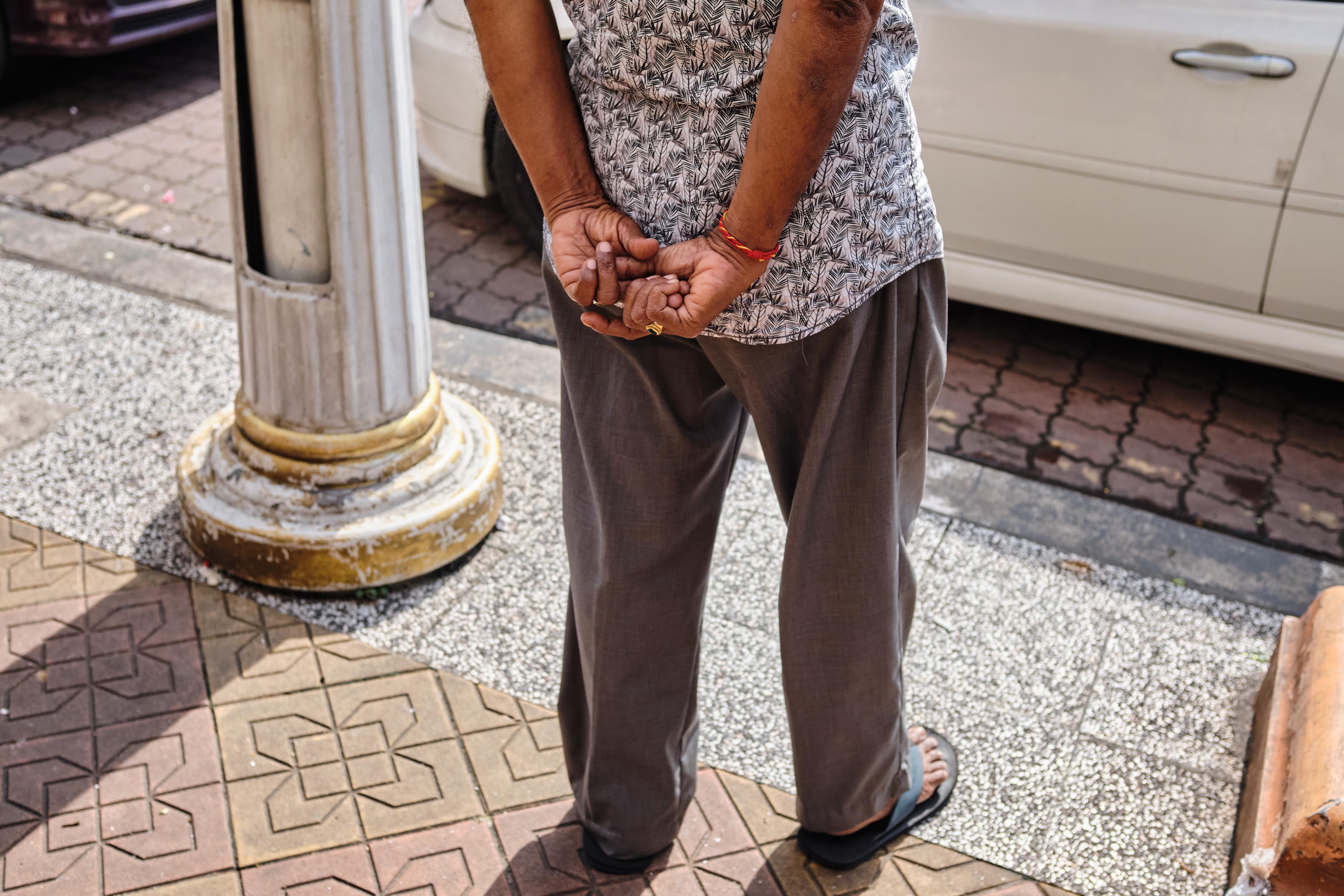 |
| ƒ/3.61/180023mmISO400 |
 |
| ƒ/21/80023mmISO200 |
 |
| ƒ/41/9023mmISO400 |
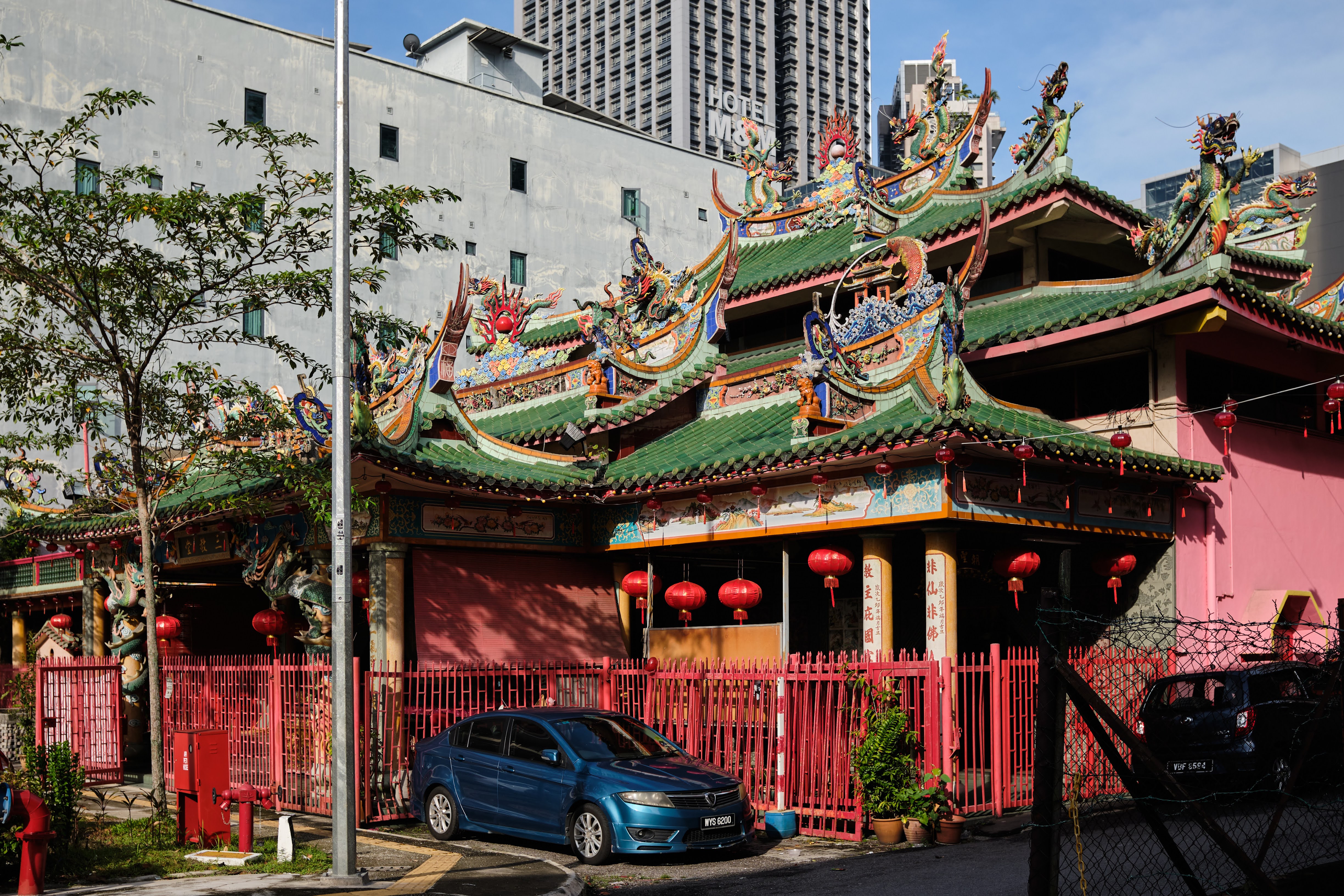 |
| ƒ/41/110023mmISO200 |
 |
| ƒ/41/95023mmISO200 |
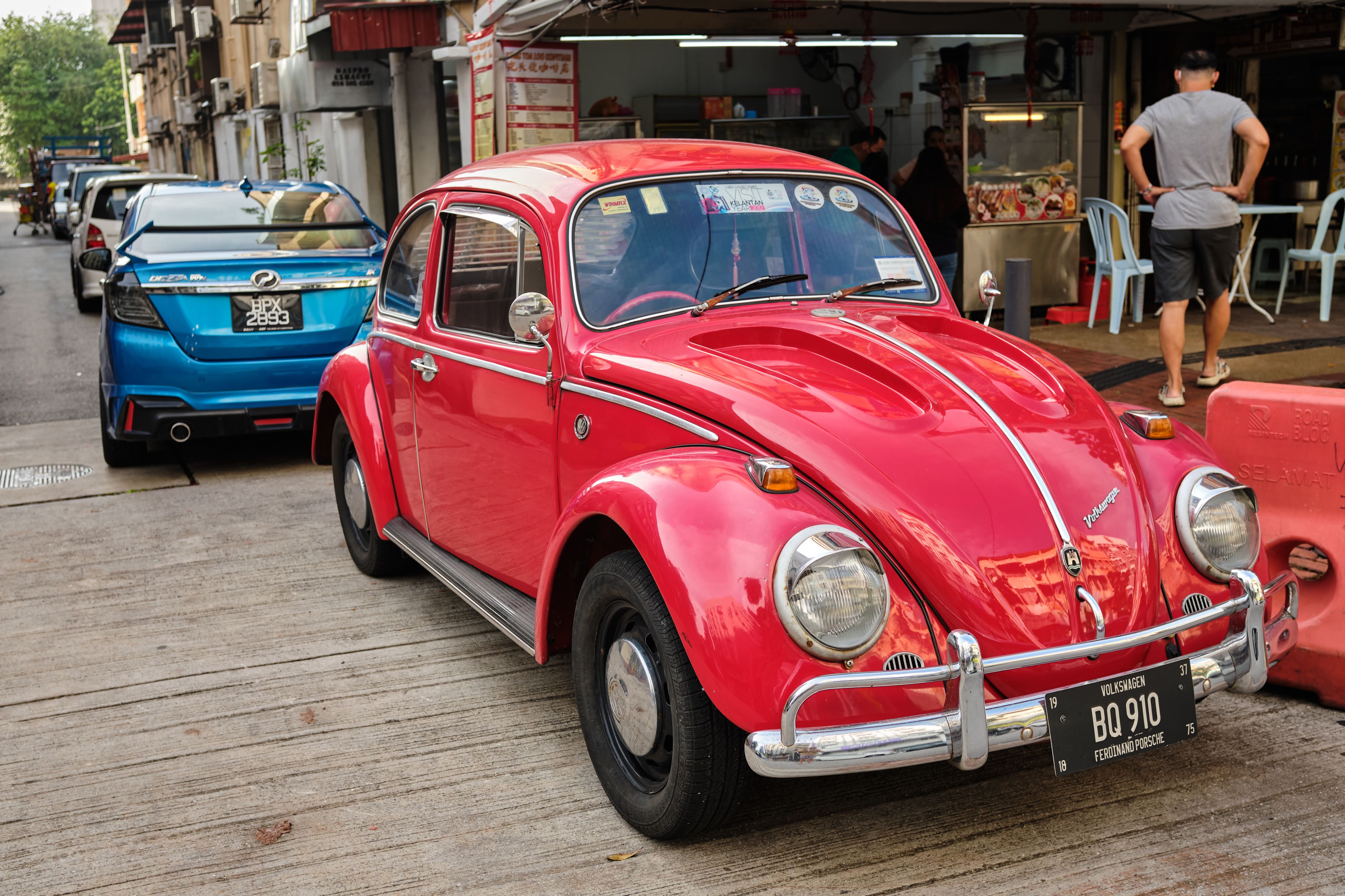 |
| ƒ/41/21023mmISO200 |
 |
| ƒ/41/290023mmISO320 |
 |
| ƒ/41/45023mmISO400 |
 |
| ƒ/2.81/10023mmISO200 |
 |
| ƒ/21/6023mmISO200 |
 |
| ƒ/21/700023mmISO200 |
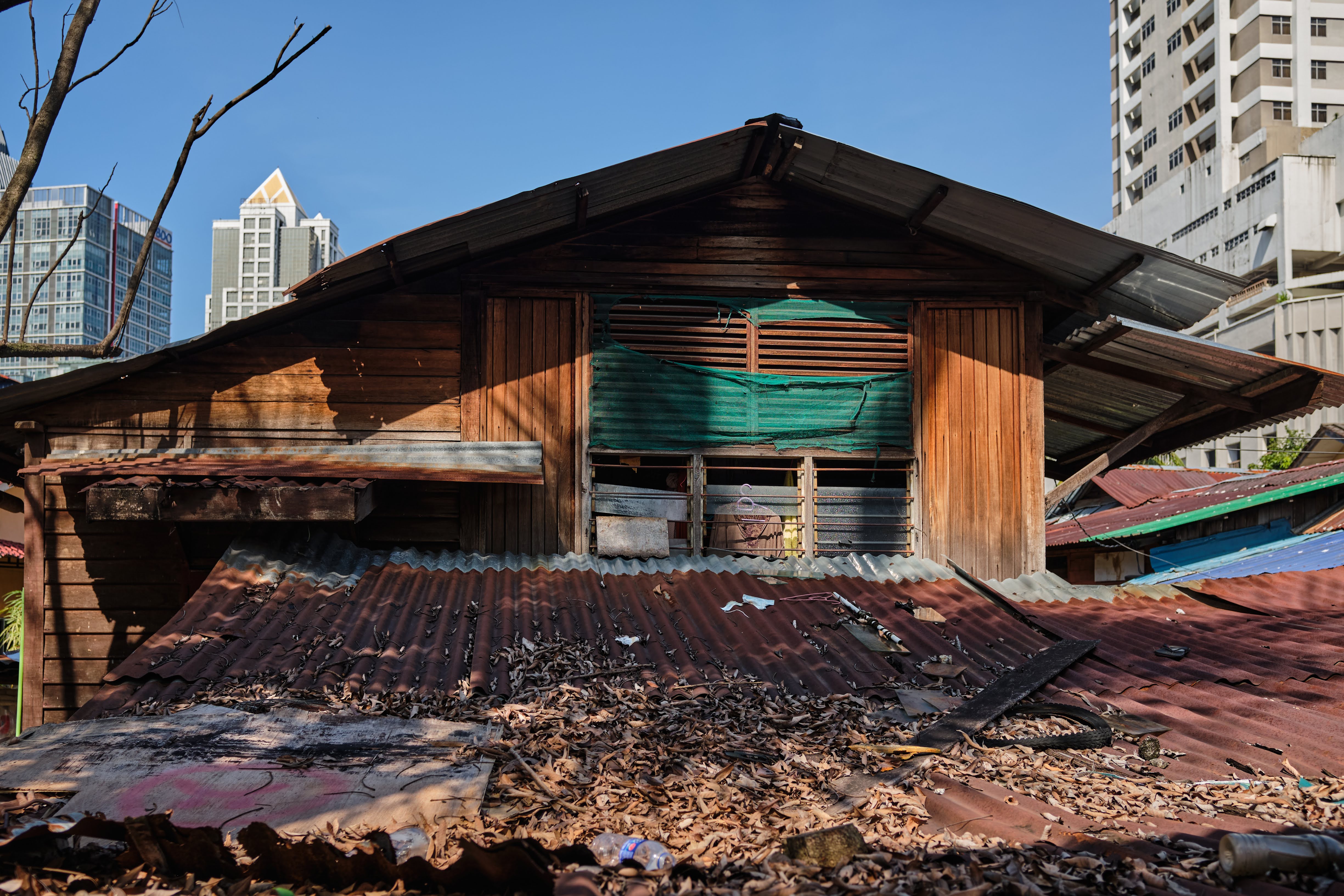 |
| ƒ/41/60023mmISO200 |
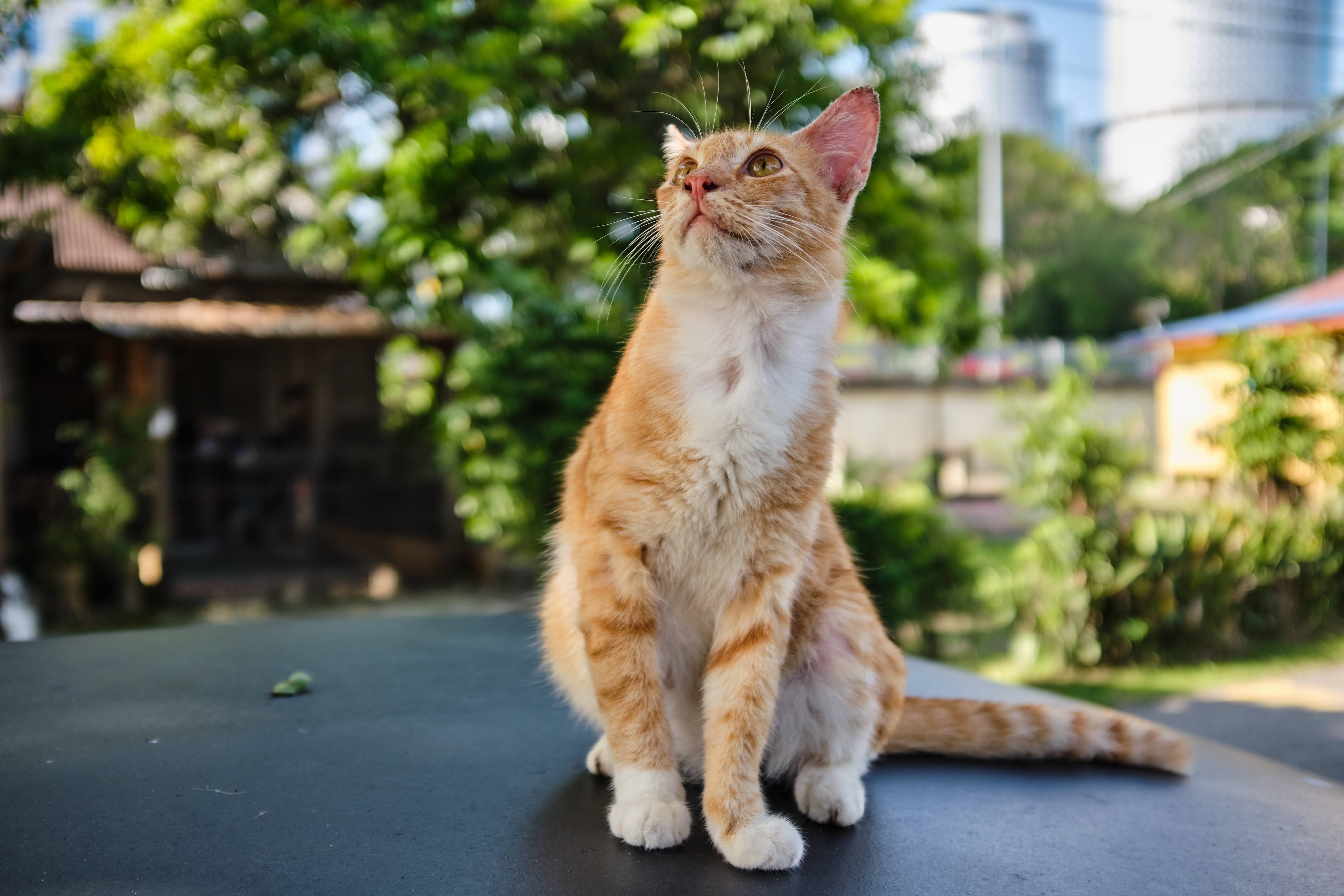 |
| ƒ/21/90023mmISO200 |
 |
| ƒ/3.21/160023mmISO200 |
 |
| ƒ/3.21/90023mmISO200 |
 |
| ƒ/21/9023mmISO200 |
Please support me & keep this site going:











I had one of the X100 variants and it's a wonderful camera. I ended up selling it simply due to the overlap with whatever m4/3 body I was using with the Oly 17/1.8 - I didn't find an appreciable difference in quality of output between the two. The Fuji does have its charm for sure!
ReplyDeleteYeah Olympus OM-D/PEN will offer a lot more functions and capabilities overall. But the X100 just looks so sexy!
DeleteI had a X100S - only camera that I bought only for wishing it, for the looks. Was very dissapointed, because of the most things that you've mentioned - lens VERY soft in f2 at close range, no tilt screen, not so good AF. But when stars were aligned, the pictures were gorgeous - one of my favorite 5 photos, from my (now dead) cat Kyra, was simply perfect.
ReplyDeleteAnother dissapointment with the X100S was the so-much touted Fuji low light performance - bring it for some low light sessions in a music studio and it was absolutely trounced by my LX100 (first version).
In fact, my bag camera is the LX100 to this day - even smaller, more flexible, and very good pictures (if processed - the JPGs are awful). It is a VERY good lens, cheaper and brighter than the Panasonic 12-35 f/2.8, that comes with a free camera ataached. :) Probably will get a LX100 II when I found one in good used price.
I moved to Fuji, and the X-Trans III (like your X100F) and IV generations solved most of the problems that I had with the X100S. Maybe I get a X100V when the prices goes down, but probably a X-E4 with the 27mm f/2.8 is a more sensible choice...
One last tip: I has the wide converter for the X100S and it is amazing - no sharpness loss, very good images. Could be an option for your camera.
Regards.
I have also owned and used the LX100 extensively before, it has its own set of issues. The color science in that camera is just bad, even RAW, it does not get the colors right. I remember not being able to review my images properly too from the screen. Maybe I should hunt for a cheap used unit and make new content on LX100.
DeleteNot planning to shoot anything wider on the X100F. I bought it for the 35mm (equivalent) lens. If I need anything wider my Olympus gear can cover that.
Do you like fuji x100f more than your olympus pen?
ReplyDeleteI don't have an Olympus PEN
DeleteWhen the first X100 came out I was searching for an EDC camera which can close the gap between the Pentax DSLR and the mobile phone. So I sneaked around the X100 for months and ... decided for the X10. That experience was a mixed bag, because the camera concept was quite nice, but the small sensors at that time weren't that good and the optical viewfinder of the X10 isn't my cup of tea. Perhaps the X100 would have been the better camera, but instead I purchased a LX100 when the LX100II was announced and I only regret that I haven't bought it earlier: much better performance in nearly every aspect than the X10 - thanks to the lens (f/1.7-2.8 on a 11.9-34mm zoom in such a compact package) and the 4/3 sensor - and it's ever so slightly smaller than the X10.
ReplyDeleteToday my EDC camera is the E-M10II and I experienced a similar grip issue like you have with the X100F. The ECG-3 grip adds too much height for me. But I found a workaround to ease the situation: a fairly thick wrist strap which I use similarly like you in the video at around 7:53min so that the strap lays between the palm and the camera annd not on the back of the hand as usual. That's by far not as comfortable as the "real" grips on the E-M1, but much better than nothing. Maybe that's worth a try for you as well...
I have owned and used the LX100 (Mark I) before and did not like it. The EVF has issues, the LCD screen was not good enough to judge whether my shots were critically in focus or not, the color science was bad, the list of issues goes on. It is a good camera for what it is, small, compact and has large sensor with good lens, but user experience overall just was not good for me. There was sooooo much potential! I have written about this extensively before.
DeleteI only have experience with Fujifilm's compacts like the F31fd from their "classic" era, which were very good and noted for their low-light performance, but I remember waiting to see if they would follow up on the S5 and give their customers something to upgrade to, which they didn't really. However, they did come up with the X100, and I also remember it being eagerly previewed by a Norwegian site, apparently ahead of the end of the press embargo, incurring some rather ill-informed criticism from the Fuji Guys on YouTube who presumably weren't aware that it was Fujifilm in Norway who seem to have screwed up.
ReplyDeleteDespite the praise for the X100, the whole hybrid viewfinder concept, and so on, the one thing that was noted as a deficiency was the lack of image stabilisation. Of course, lots of people started making excuses about how "you don't need stabilisation at short focal lengths" and how people should learn how to "take a steady shot", never mind that the drawbacks of a lack of stabilisation had already been painfully obvious from their compacts. Indeed, it took a few iterations before they got that right (in the F100fd, which had quality control issues but was a good camera).
Naturally, some of those excuses got brought out again for Fujifilm's interchangeable lens X-series cameras until the company eventually figured out how to implement it. I imagine that people then considered it essential, such is brand loyalty. For me, the Olympus OM-D models were already established when the time came to consider an upgrade, and they had image stabilisation, of course. And they were considerably cheaper than Fujifilm's X-series models at the time, too. I guess that is how you win customers.
yeah I cannot use a camera for serious/professional shoots now without reliable 5-Axis IS, it just boosts the confidence in nailing the shots.
DeleteAs for X100F, it isn't perfect, it has issues, but I can live with it for now and for the low price I got for it, it is a fun camera to use and to experiment with using 35mm equivalent focal length. And oh it does look soooo good.
It's a shame for Fujifilm, really. I would have been totally willing to upgrade to a DSLR from them (not even a mirrorless camera!) had they kept up with that range, and the S5 had a really good reputation. Then again, Olympus offered live view, had the sensor cleaning technology (you could read all sorts of things about DSLRs and dust), and they seemed to care about miniaturisation a bit more than others. And then, as we know, Micro Four Thirds came around. Too bad that Fujifilm never followed through with their Four Thirds membership, either.
DeleteI see that the retro look has been introduced even to their Instax models now. I guess they know what sells and how to sell it!
Nice little review Robin. I'm an Olympus user but picked up a Fuji X-E3 to have a play. I was disappointed by the autofocus compared to Olympus and also struggled with the handling. By the way, the bokeh on the photo of the cat is very busy and distracting - do you know why this is?
ReplyDelete